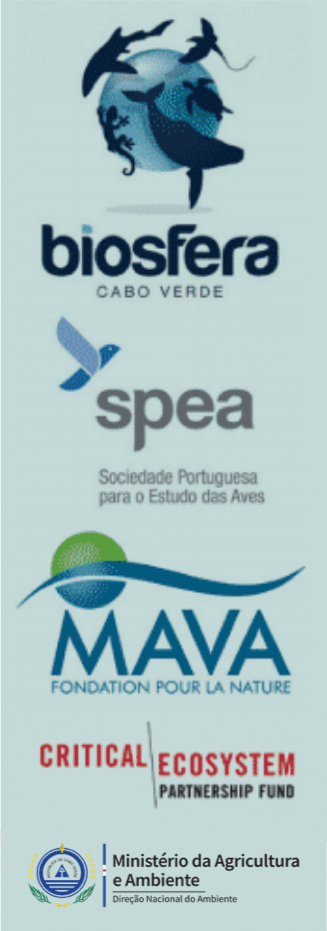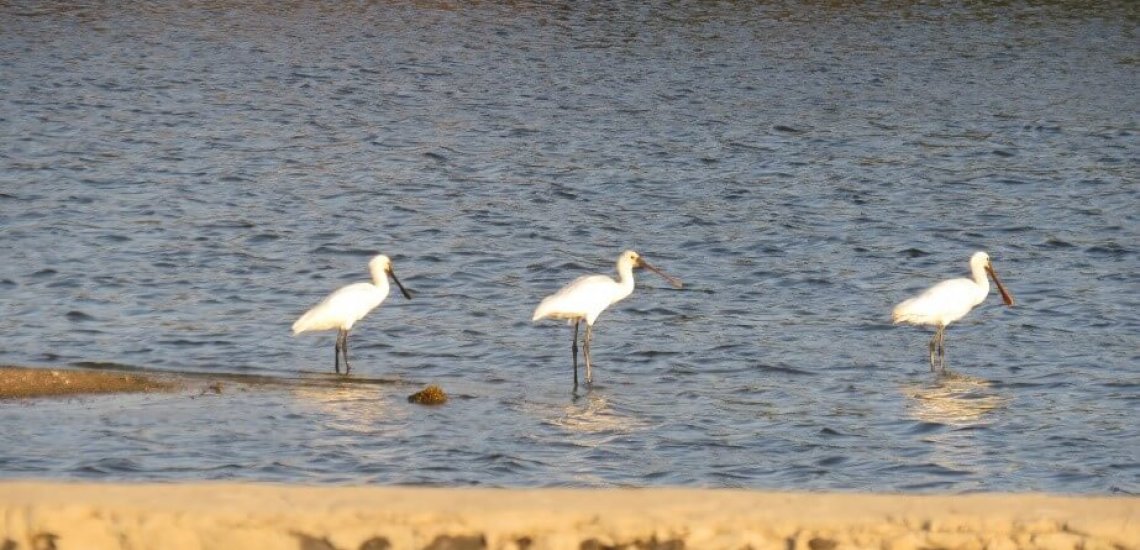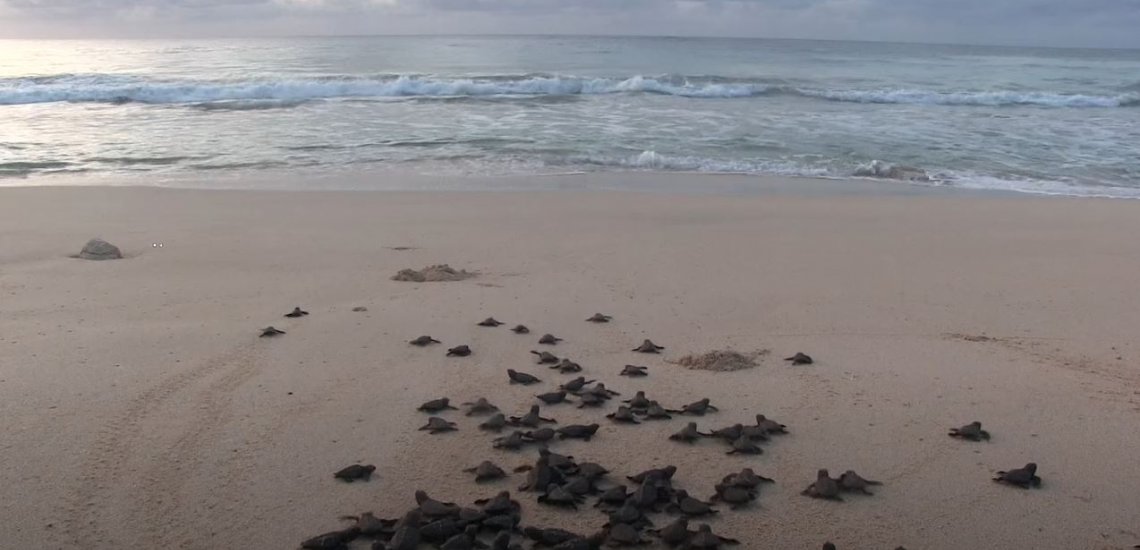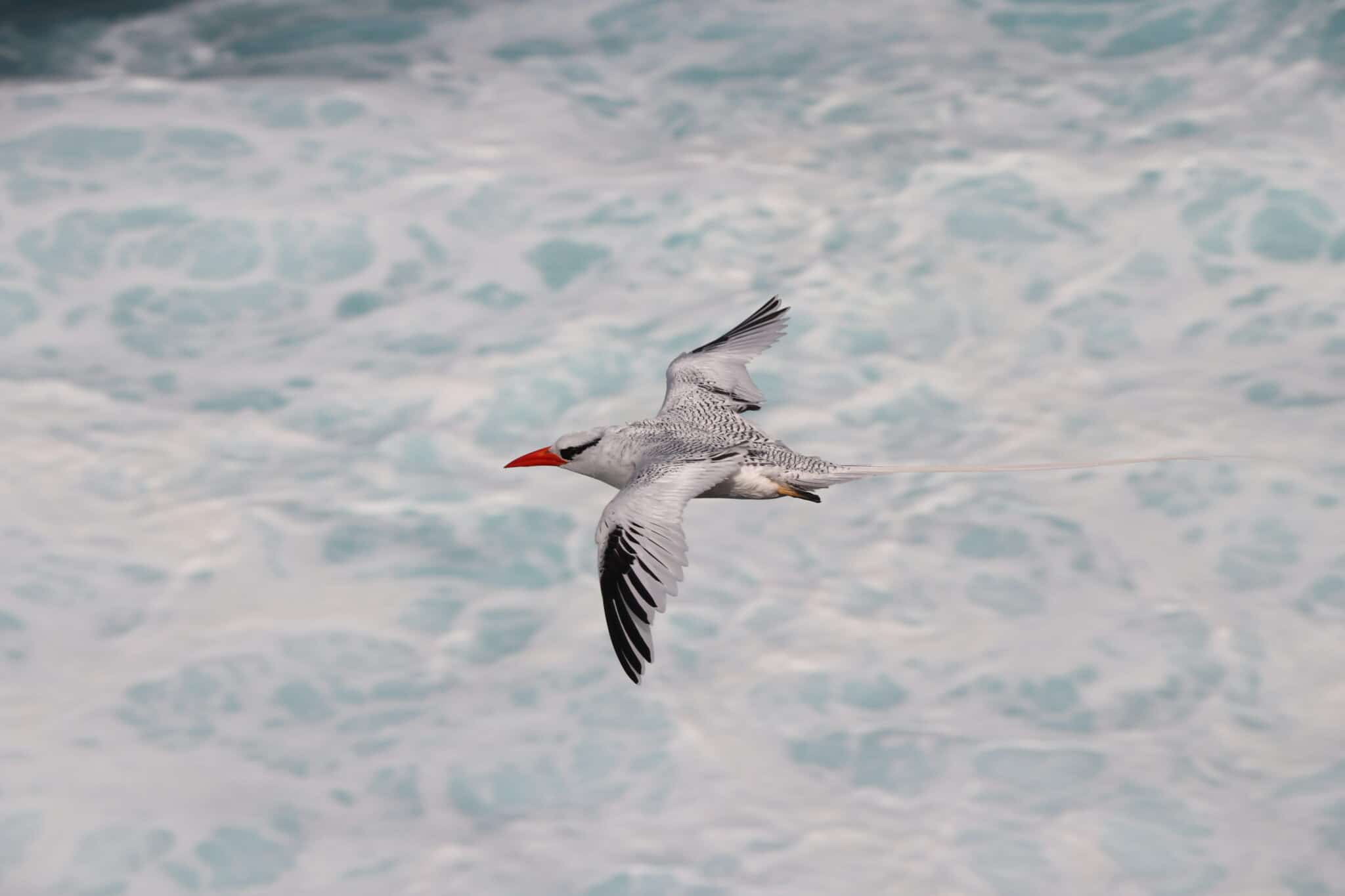Ground-breaking reintroduction for Cabo Verde’s most threatened bird
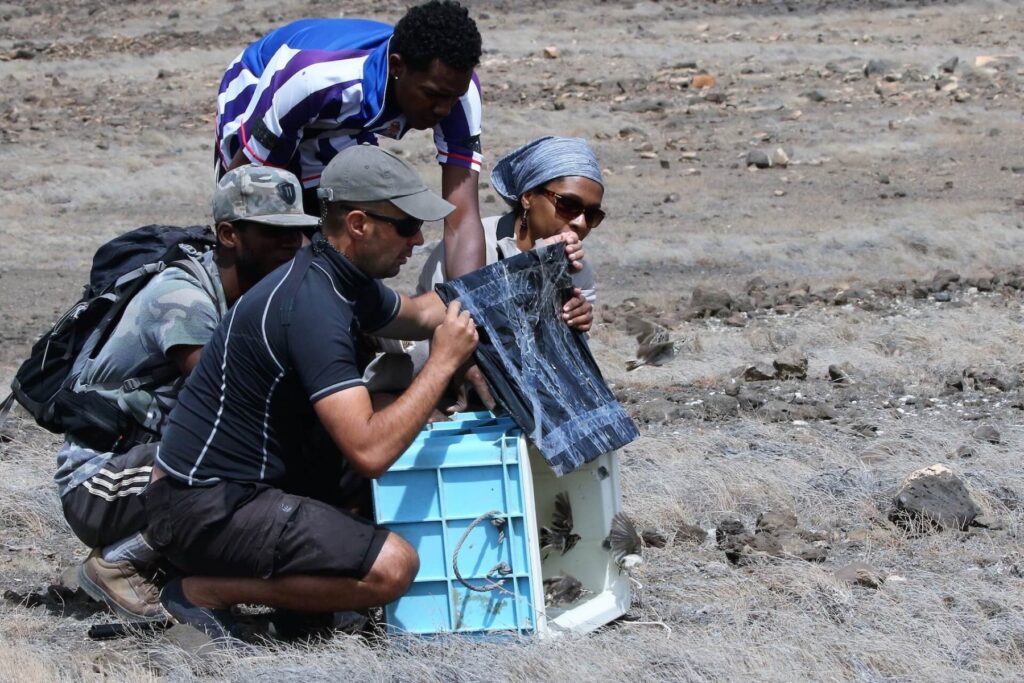
Great escape: After years of preparation, the Raso Lark (Critically Endangered) now spreads its wings on its new home of Santa Luzia.
By Shaun Hurrell
Header Image: Pedro Geraldes, SPEA, and Silvana Monteiro Roque, DNA, release Raso Larks on Santa Luzia © Paul Donald / BirdLife
Approach Raso by boat and it can look like the foundations of a prison: a ten-metre-high perimeter wall of seemingly impenetrable reddish volcanic rock rises from a ‘moat’ of turbulent, shark-patrolled, Atlantic water. But rather than tall turrets and defensive battlements, the only human infrastructure on this mostly flat little island is an ex-military tent; rather than guards carrying guns, instead one might spot conservation biologists programming radio tags through the wind-torn gaps in the tent’s canvas.
Who, then, are the ‘prisoners’? Raso Larks Alauda razae (Critically Endangered), some of the rarest birds in the world. For many decades this little brown, crested bird has been confined to Ilhéu Raso (Raso Islet), a mere seven square kilometres of barren rock in Cabo Verde, off the west coast of Africa. The ‘crime’? It’s a complicated case of injustice: the Raso Lark is an innocent victim of the human introduction of invasive predators.
But now, after years of scheming by tent torchlight, a recent island restoration project, and international financial support, the conditions were finally right for this special bird’s bid for freedom. A team of biologists from SPEA (BirdLife Portugal), Biosfera (Cabo Verdean NGO), BirdLife, the Cabo Verdean government, and the University of Cambridge recently captured about 30 Raso Larks, fed them overnight, transported them by boat in calming cloth bags, and released them upon Santa Luzia (a nearby island over five times the size of Raso). “It was a fragile cargo we were carrying that morning,” says Paul Donald, Global Science Coordinator, BirdLife. “Everybody was anxious for success. Watching those birds fly free onto their new home on Santa Luzia was a landmark in bird conservation.”
It’s not just a translocation of the species though; but a “reintroduction”. Sub-fossil bone deposits show that the Raso Lark inhabited Santa Luzia and other Cabo Verdean islands prior to human colonisation in the 15th Century, with extirpation occurring very rapidly after that. The species has since been confined to the tiny islet from which it takes its name, which (not coincidentally) is the largest island in Cabo Verde that has never supported a permanent human population.
The Raso Lark is also vulnerable to the effects of climate change, says Pedro Geraldes, SPEA: “It depends on rainy years to get enough food to breed. In 2004, after several consecutive years of drought, the Raso Lark was close to extinction, with a population of just 60 birds.” After Hurricane Fred hit Cabo Verde in 2015, Tommy Melo, President of Biosfera, spoke with an increased sense of urgency: “Every year we have more and stronger storms. With such low numbers, one hurricane or drought could destroy the entire species. Creating a second population on a new island will give them a much greater chance of survival.” It’s a literal case of not having all eggs in one basket.
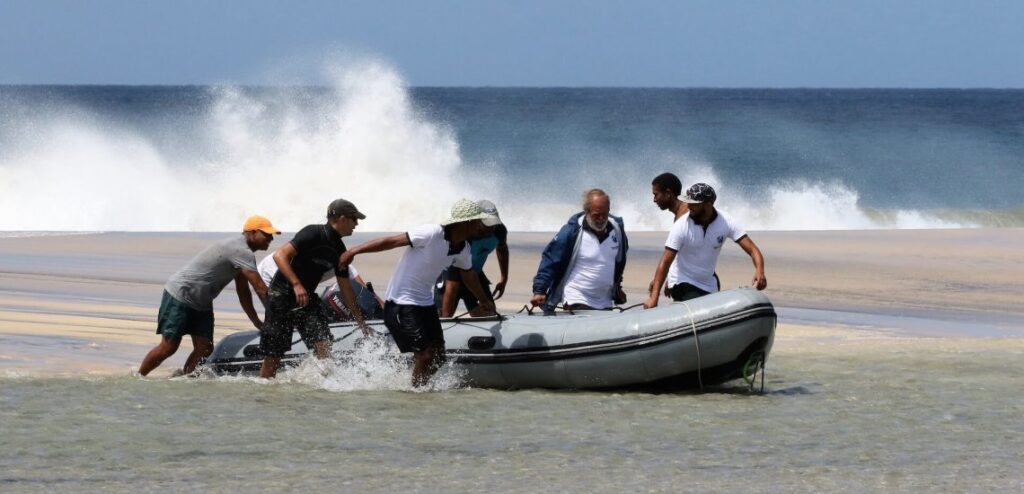
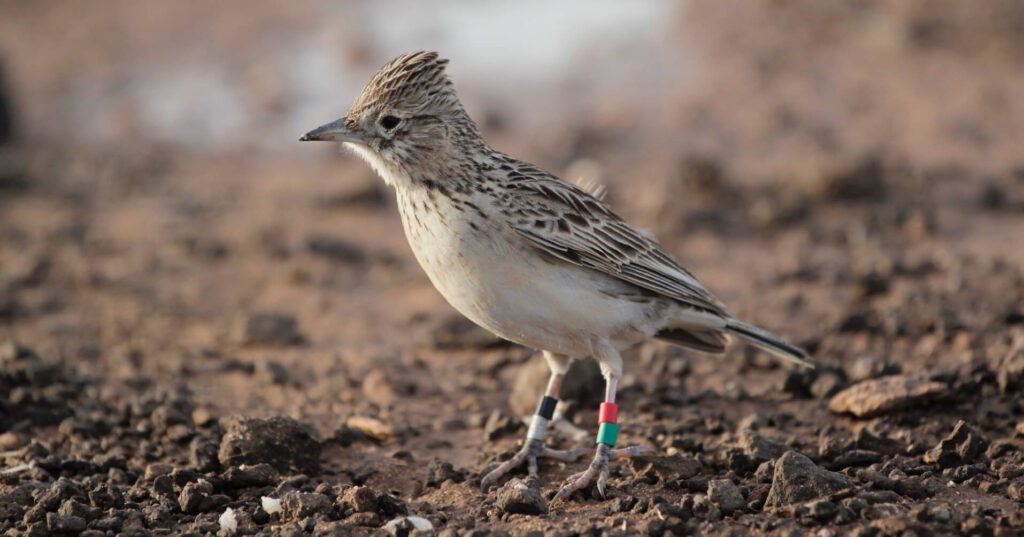
As in some prisons, rats and cats are a problem, and these invasive species are a big threat to ground-nesting birds like Raso Lark. As small fishing boats regularly visit Raso, it would only be a matter of time before these predators would arrive, so work began in 2013 to prepare Santa Luzia for a reintroduction of the lark. Abandoned by humans in the 1970s (except for a few temporary shelters used by passing fishermen), and with similar vegetation to Raso, Santa Luzia was a clear choice for a future stronghold of the species, once invasive species were removed. After a few years of rainfall that allowed the lark population on Raso to recover to a record level of over 1,000 birds since 2004, it was time for the ‘great escape’ in April this year.
Close escapes in the name of nature conservation are all too common for Tommy Melo, who once camped out on the nearby islet of Branco to protect nesting Loggerhead Sea Turtles from poachers, and when his food ran out, he risked shark bites to free-dive for fish. “Now we have fulfilled a dream,” says Melo. “We hope these Raso Larks will establish a whole new population that one day might outnumber the population on Raso.” This project is also part of a bigger dream for Biosfera, who are working towards seeing the Desertas islands of Raso, Branco and Santa Luzia fully managed as a Marine Protected Area to conserve all wildlife there, including the endangered turtles, endemic seabirds and lizards.
On Santa Luzia, the birds are not completely free, however: like some released prisoners, these ‘escapees’ are ringed with identifying tags, and some are fitted with radio transmitters so the team can follow their movements, understand their social interactions and habitat preferences, to help inform future conservation action.
“The real test will come in October and November this year – the usual breeding season,” says Dr Michael Brooke, University of Cambridge, who has been following the larks’ fate on Raso since 2002. “If all goes well and the rains come on time, the song of the Raso Lark will once again ring out over Santa Luzia, and the first new generation of Raso Larks to call Santa Luzia home will safely leave their nests.”
From the sea, Ilhéu Raso can look like the foundations of a prison, but understand the plight of its special lark, and Raso is seen in a different light. As the sun sets and the islet’s shearwaters and petrels can be heard flying in to feed fluffy chicks, it becomes clear that Raso Islet is in fact a beautiful natural fortress: rather than confining rare birds, the island has been shielding them from extinction until the time came for them to be given a chance of thriving once again.
“Now we have fulfilled a dream. We hope these Raso Larks will establish a whole new population that one day might outnumber the population on Raso.”Tommy Melo, President of Biosfera
UPDATE: The very latest report from Santa Luzia shows that whilst some of the translocated larks have been predated by kestrels, at least 20 Raso Larks are alive and well, singing in the mornings, and some are even starting to form pairs on Santa Luzia.
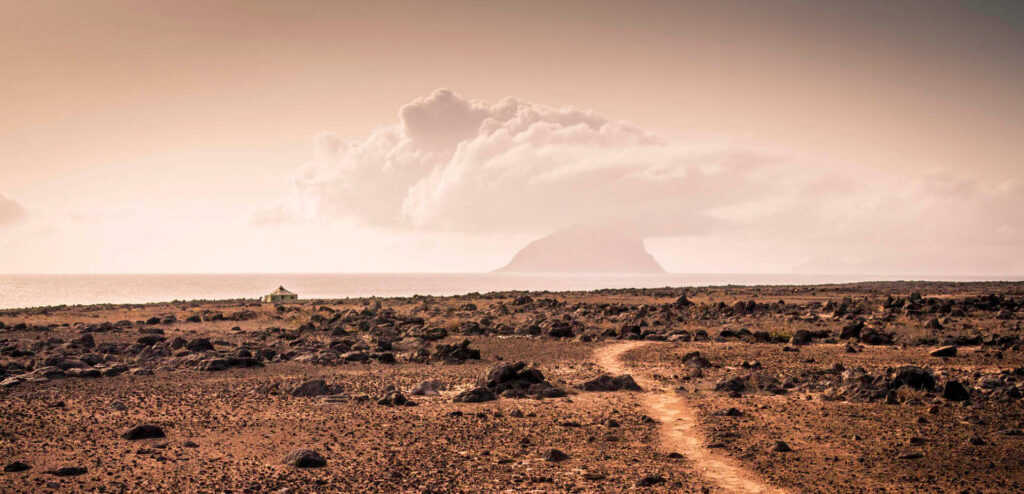
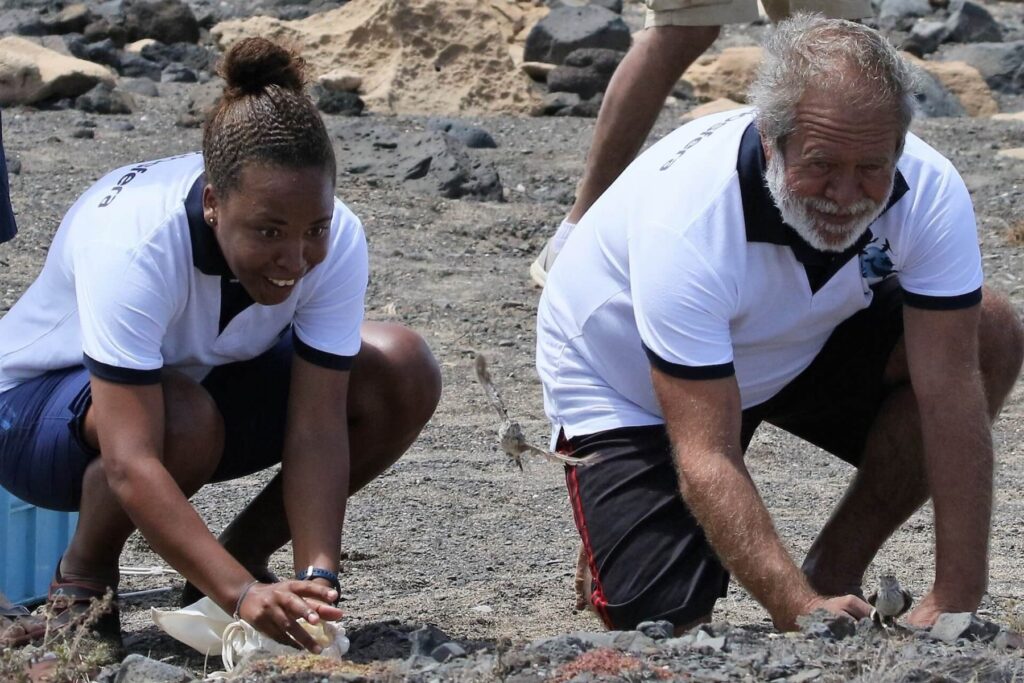
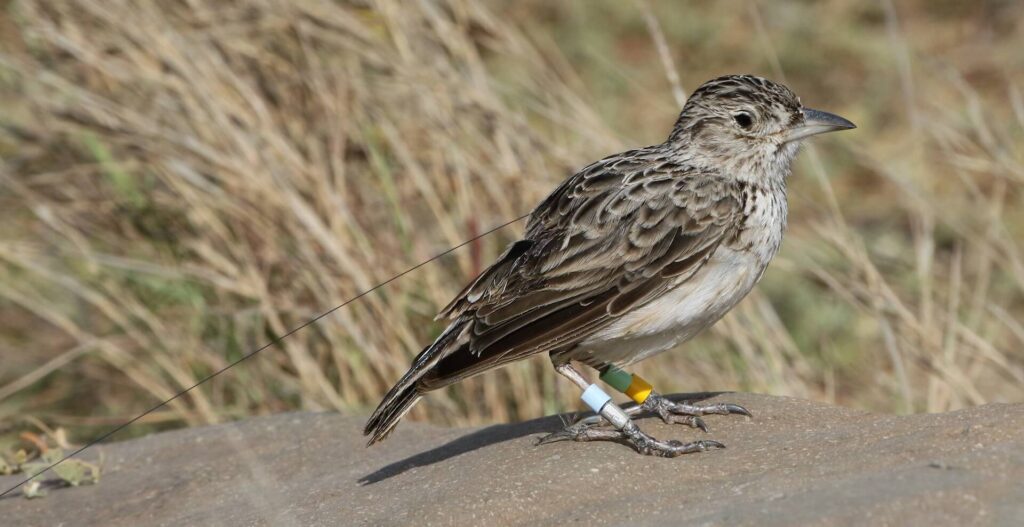
Desert island dedication
Support that’s saving the Raso Lark
The Desertas–Sustainable management of Santa Luzia Marine Reserve project was started in 2017, with support to SPEA, Biosfera and DNA (Direção Nacional do Ambiente – Cabo Verde government) from the MAVA Foundation, aiming at the total recovery and sustainable protection of habitats and the threatened biodiversity of the Protected Marine Areas of Ilhéu Raso, Branco and Santa Luzia, an important biodiversity hotspot in the North Atlantic. Thanks to the Critical Ecosystem Partnership Fund (CEPF) for supporting Biosfera and SPEA from 2013-2015 in a project to scope the feasibility of this ground-breaking reintroduction.
Thanks also to Sea Shepherd for logistical support.
